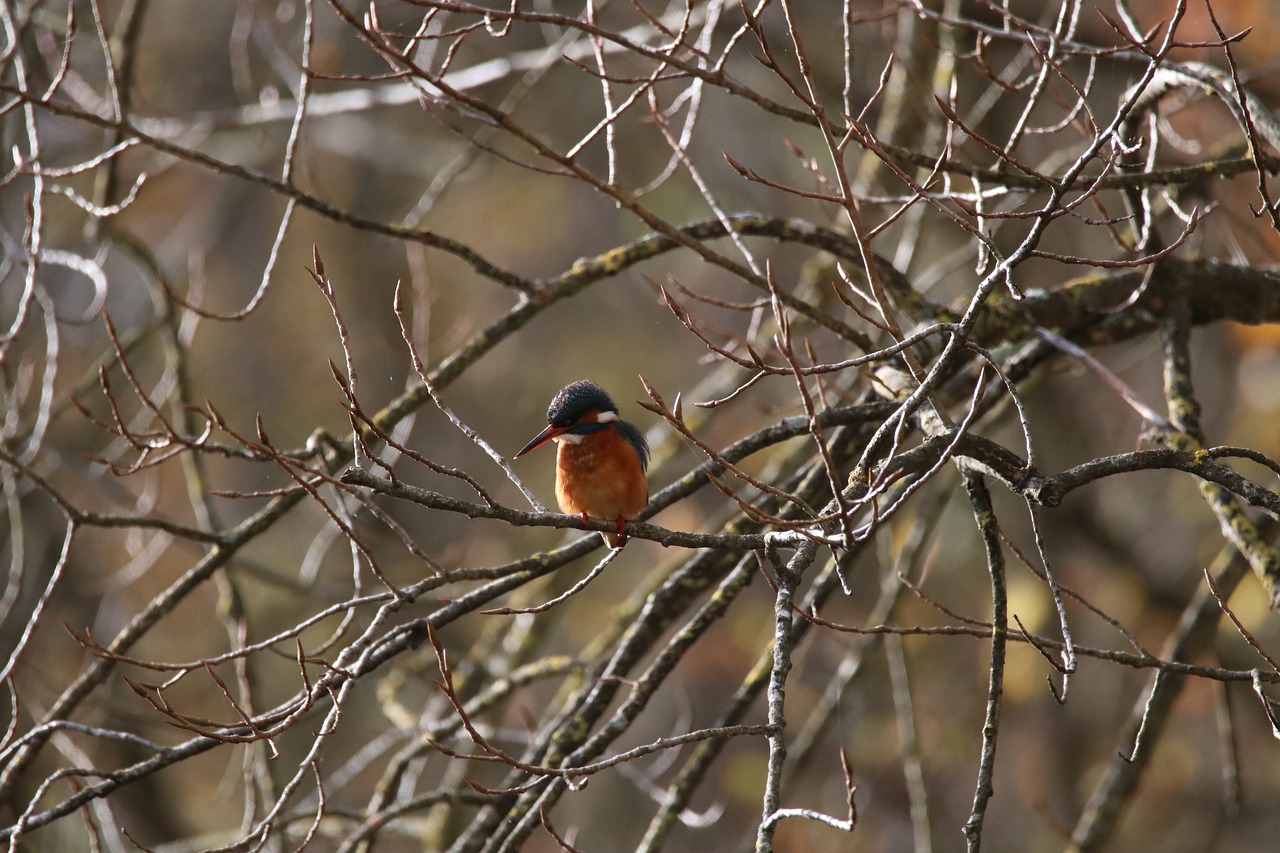
Vancouver: A Global Biodiversity Framework Fund, launched here today at the Seventh Global Environmental Facility (GEF) Assembly to facilitate financing for developing countries — which are often the most biodiverse, is expected to enhance their ability to protect, restore and ensure the sustainable use of natural resources.
The GEF serves as a financial mechanism for several environmental conventions, including the United Nations Framework Convention on Climate Change (UNFCCC), the Minamata Convention and the Convention on Biological Diversity (CBD) which adopted the Global Biodiversity Framework. Building on recent diplomatic breakthroughs on biodiversity loss, toxic chemicals, and the high seas, the GEF Assembly aims to be a critical stocktaking for the Kunming-Montreal Framework 2030 targets to end pollution and nature loss, combat climate change, and propel inclusive, locally-led conservation.
The establishment of the fund is in line with The Kunming-Montreal Global Biodiversity Framework adopted by 196 Parties to the Convention on Biological Diversity at COP15 in December 2022.
“The Kunming-Montreal Global Biodiversity Framework places agrifood systems at the forefront of an enormous challenge that will require important financial resources, coordination, and commitment to implement win-win solutions for people and the planet. The new Fund is also an essential part of climate action, and a critical step towards making these solutions a reality,’’ Maria Helena Semedo, Deputy Director-General of the Food and Agriculture Organization (FAO) of the United Nations (FAO), said.
Over half of the targets of the Kunming-Montreal Biodiversity Framework are directly related to agrifood sectors, and FAO is the custodian of four of the Framework’s headline indicators: ecosystem restoration, fish stocks, areas under productive and sustainable agriculture, and sustainable forest management.
The transformation of agrifood systems to make them more sustainable can unlock solutions that generate multiple benefits, including safeguarding biodiversity which can help address the challenges posed by diverse and changing environmental conditions and socio-economic circumstances.
Actions such as diversifying production systems, for example by using multiple species, breeds or varieties, integrating the use of the crop, livestock, forest and aquatic biodiversity or promoting habitat diversity in the local landscape or seascape increase resilience, tackle the climate crisis, improve livelihoods, and support food security and nutrition.
Biodiversity and agrifood systems
Biodiversity is the variety of life at genetic, species and ecosystem levels. It is essential for food and agriculture and indispensable to food security and sustainable development. It includes the domesticated plants and animals that are part of the crop, livestock, forest or aquaculture systems, harvested forest and aquatic species, the wild relatives of domesticated species, and other wild species harvested for food and other products.
The Fund, uniquely dedicated to supporting the Framework and its action towards halting and reversing biodiversity loss by 2030 and putting nature on a recovery path by 2050, provides an opportunity to receive funding from all sources. Two countries have announced initial contributions to start its capitalization: Canada pledged 200 million Canadian dollars and the United Kingdom 10 million pounds.
Since 2006, FAO and the GEF have partnered to address the most critical issues at the nexus of agrifood systems and the environment. FAO leads various flagship GEF programs, including the Dryland Sustainable Landscapes Impact Program and three Integrated Programmes on Food Systems, Indo-Malaya Critical Forest Biomes and Clean and Healthy Oceans. These have leveraged FAO’s on-the-ground capacity and technical expertise across diverse domains to achieve commitments to environmental agreements and the Sustainable Development Goals.
Recently, the GEF also approved 26 FAO-led projects with a total of $174.7 million in GEF funding and leveraged $1.2 billion in co-financing. “These aim to transform agrifood systems into solutions to biodiversity loss, climate change, ecosystem degradation, and pollution on land, in freshwater, and in our seas,” FAO stated.
– global bihari bureau





